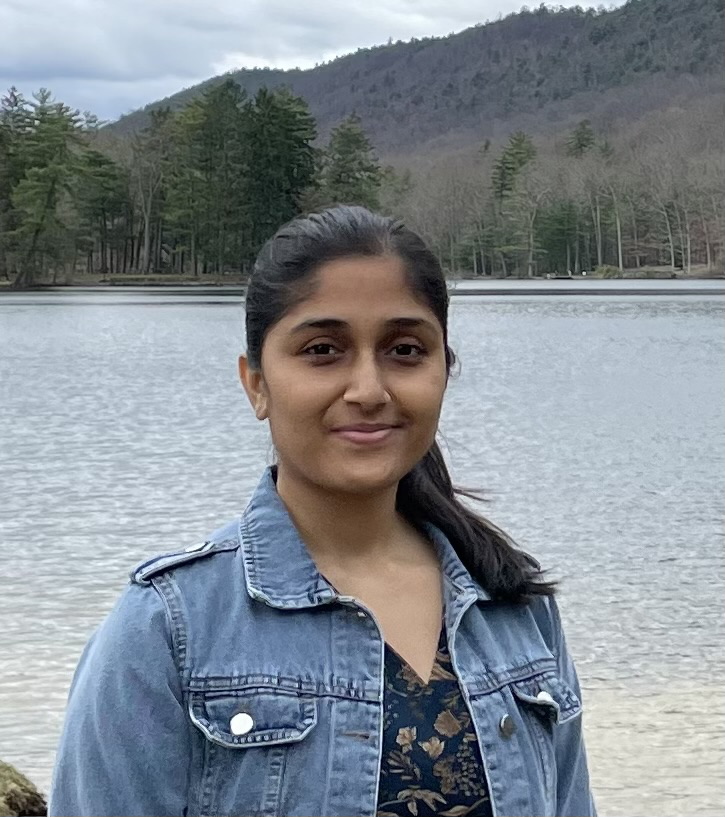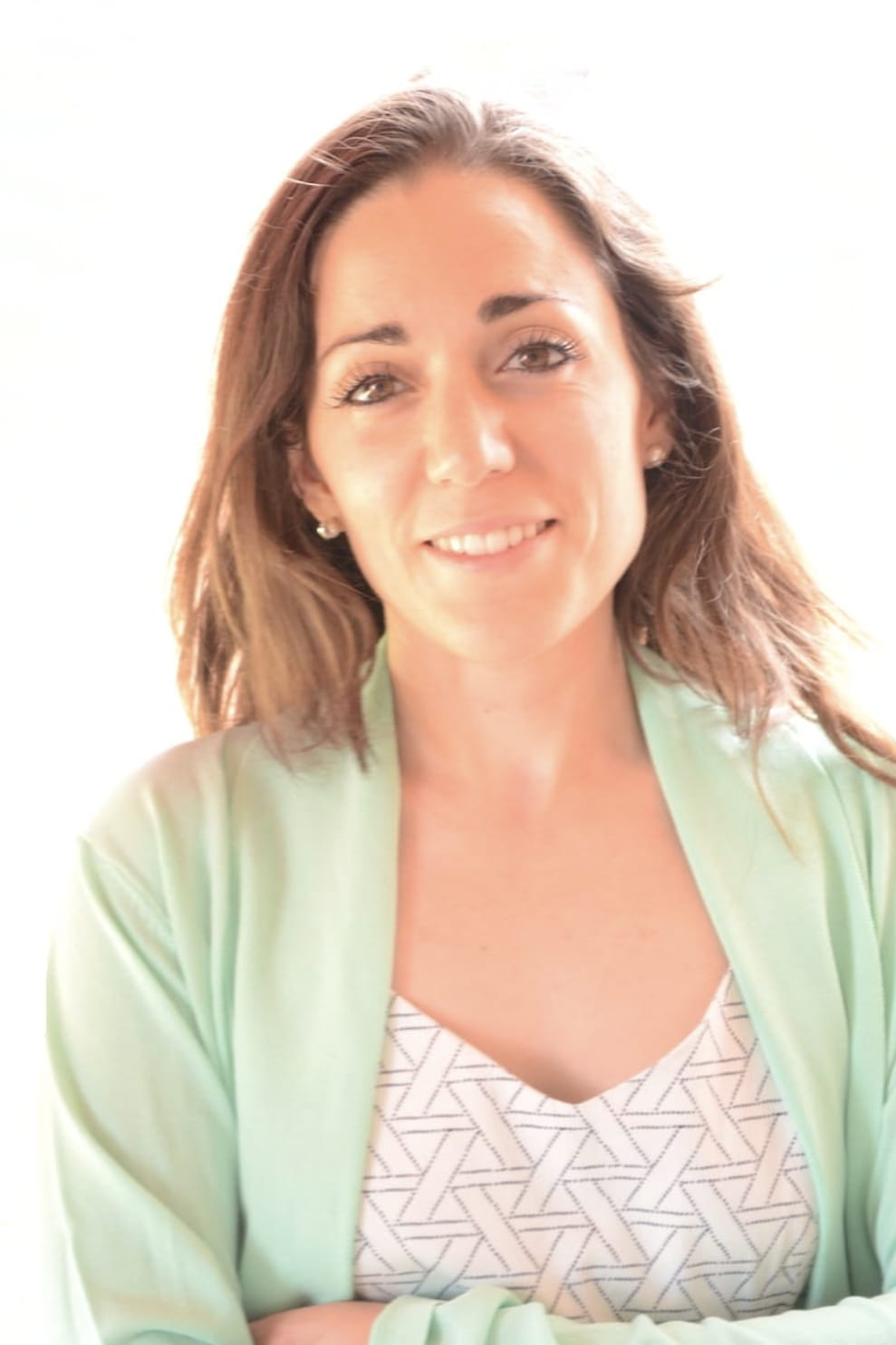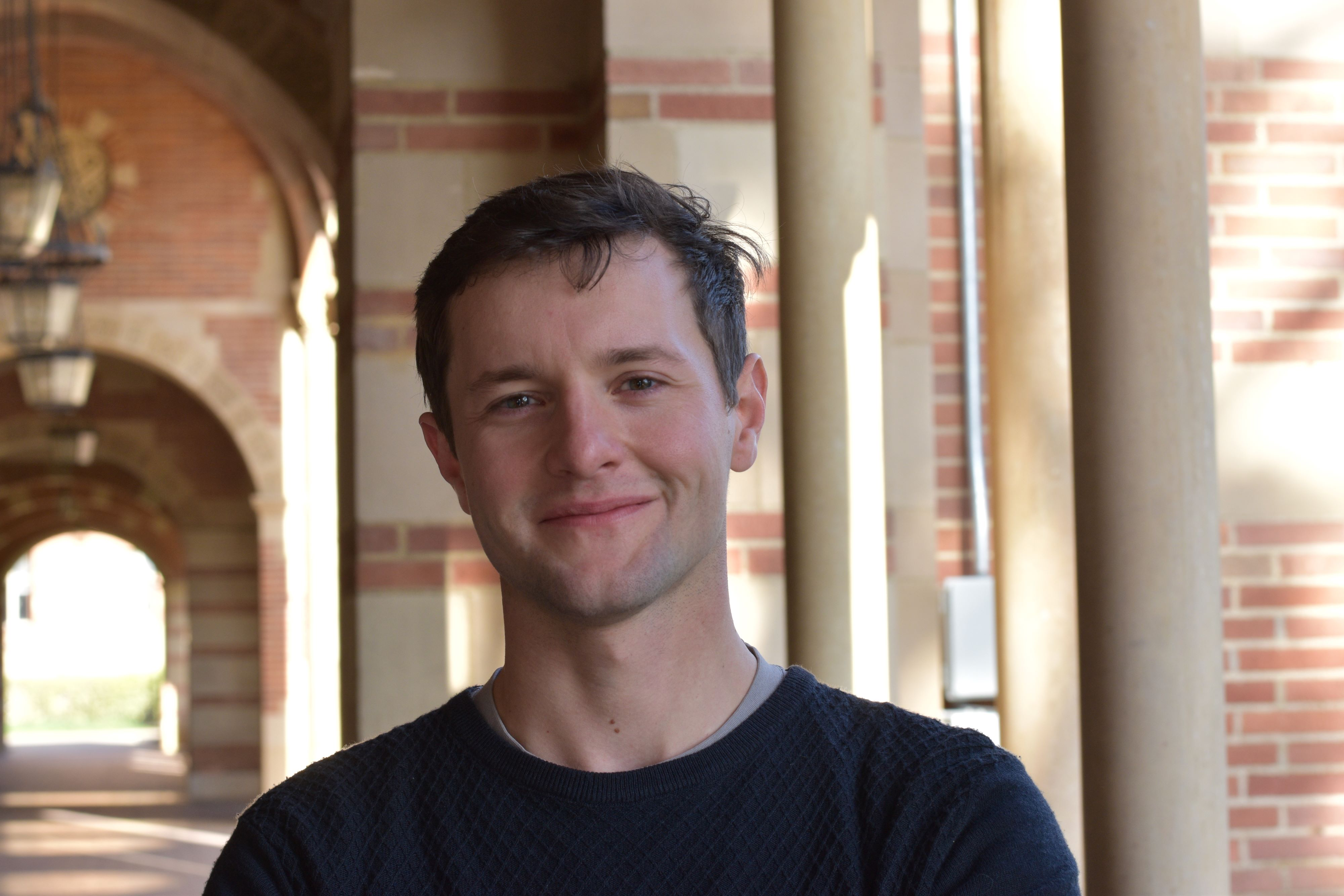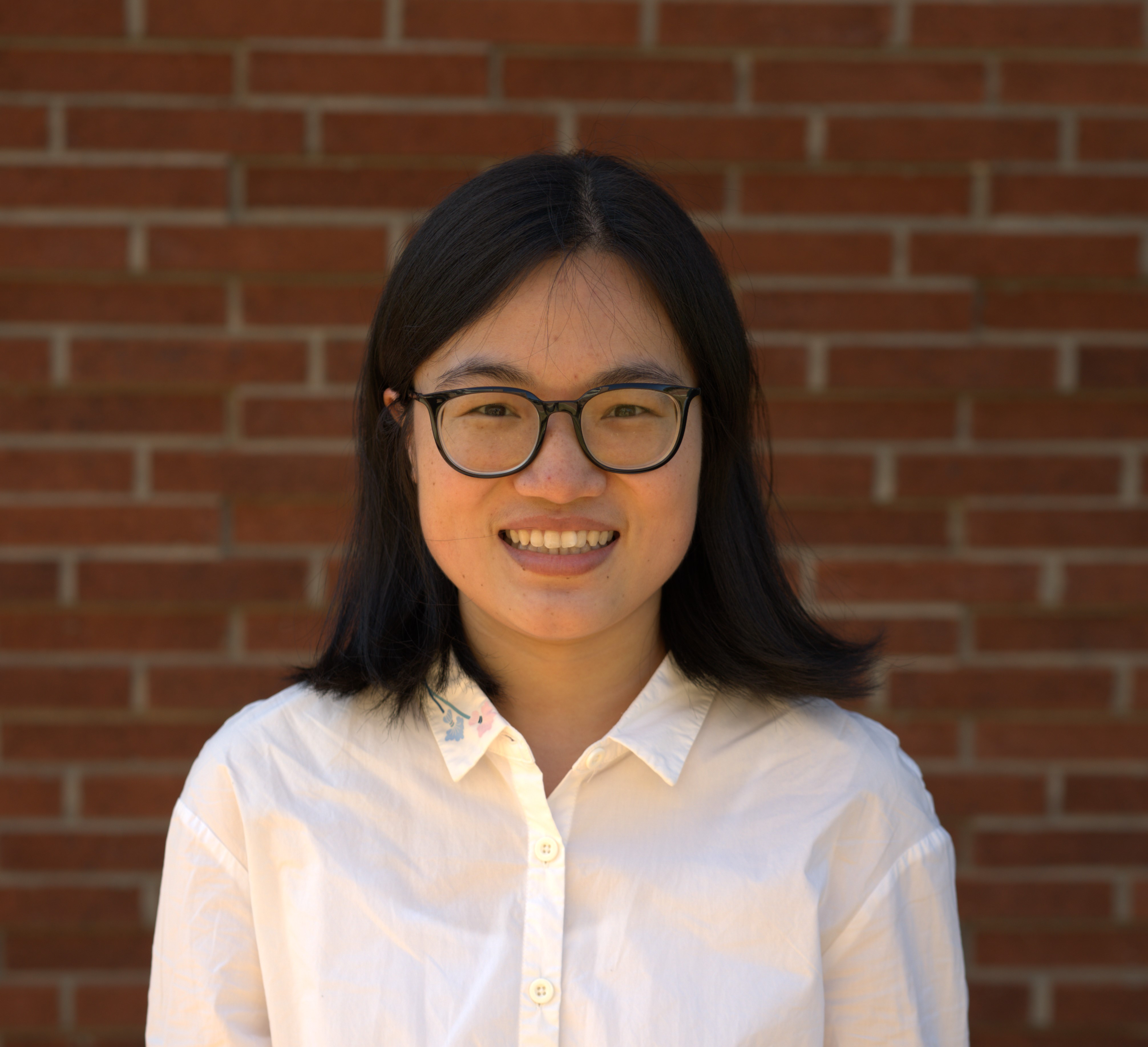Awardees
Chishiki AI fellowship
2024 Graduate Fellowship Awardees

Ahmad Alshami
Florida State University
AI-Driven Excavator Guidance System in Demolition: Sustainability and Productivity Improvements
My research proposes an AI-powered guidance system for excavators in demolition projects, aimed at improving sorting and separation processes. Utilizing advanced machine learning and sensor technologies, this system provides real-time guidance, closing the skill gap among operators and optimizing demolition processes for maximal recyclability and minimal time expenditure.
Why did you become a scientist?
I became a scientist to pioneer changes in traditional civil engineering practices through AI, driven by a fascination with how technological advancements can significantly elevate industry standards and address complex challenges. My passion for problem-solving and my curiosity about the potential of AI to transform the construction industry were the main motivations for my career choice.
What is your favorite aspect of your research?
My favorite aspect of my research is the significant impact it has on sustainability and efficiency in construction. By integrating AI with civil engineering, I am able to not only improve processes but also foster a more sustainable approach to environmental challenges. This dual focus not only advances the field technologically but also aligns closely with my passion for creating solutions that have a tangible and positive effect on the world, promoting greener and smarter construction practices.
What excites you the most about the opportunity to work on AI and Civil Engineering?
The most exciting aspect is the potential to be at the forefront of revolutionizing civil engineering practices. AI offers a unique opportunity to develop smart, efficient solutions for longstanding industry challenges, particularly in demolition and waste management. Furthermore, this integration of AI and civil engineering not only enhances operational accuracy and safety but also paves the way for more predictive and adaptive systems that can foresee and mitigate potential issues before they arise, setting new benchmarks in the industry. Personally, being directly involved in these innovations excites me tremendously, as it allows me to actively shape the future of civil engineering and witness the profound impacts of integrating AI into real-world applications.
What do you hope to accomplish during your time as a Chishiki AI Fellow?
During my time as a Chishiki AI Fellow, I aim to leverage the advanced computational resources and collaborative environment to significantly advance my AI-driven excavator guidance system. I also look forward to collaborating with leading AI and civil engineering experts to enhance my project's quality and accelerate its development, bringing fresh perspectives and innovative solutions to the challenges at hand. Ultimately, I hope to establish new partnerships and lead initiatives that will extend the impact of my research beyond academia, setting new standards in the civil engineering field and contributing to more sustainable construction practices.
What do you like to do when you aren’t working on research?
When I`m not focused on research, I enjoy exploring new technologies and programming challenges, going to the gym, hiking in nature, and spending quality time with my friends.

Ashmita Bhattacharya
Pennsylvania State University
Continual Reinforcement Learning For Fast Adaptation Of Civil Infrastructure To Climate Model Variability
My research focuses on the adaptive planning and control of infrastructure systems amidst the uncertain impacts of climate change, utilizing advanced techniques like deep reinforcement learning. The solution frameworks are being developed to address several critical challenges, including optimizing multiple objectives under constraints, coordinating multiple interconnected systems, and developing capabilities to adapt to non-stationary changes in the underlying climate model.
Why did you become a scientist?
During my masters, I developed a keen interest in understanding various probabilistic concepts and treatment of uncertainties in engineering. Witnessing the remarkable strides in technological advancement facilitated by artificial intelligence, I was inspired to embark on research at the intersection of AI and the management of uncertainties in civil engineering. As an aspiring scientist, I feel excited about having the freedom to explore and develop new ideas and methodologies to answer some of the important questions of this time, such as how to best act and mitigate risks associated with uncertain and changing climate.
What is your favorite aspect of your research?
My favorite aspect of my research is the opportunity to address the critically relevant challenge of mitigating climate change impacts on the built environment. This domain allows me to explore theoretically challenging questions while also applying state-of-the-art AI solutions to practical real-world scenarios.
What excites you the most about the opportunity to work on AI and Civil Engineering?
In recent years, we've witnessed remarkable advancements in reinforcement learning, a subfield of AI, tackling critical issues such as protein synthesis, autonomous driving, and solving complex mathematical problems. This progress inspires me to harness and refine these state-of-the-art methodologies to address pivotal questions in civil engineering, such as optimizing transportation networks, designing adaptable infrastructure systems to combat climate change, etc.
What do you hope to accomplish during your time as a Chishiki AI Fellow?
I hope this Fellowship will motivate me to further advance my research goals, cultivate meaningful collaborations, and facilitate opportunities for publication of my research findings in esteemed peer-reviewed journals and conferences.
What do you like to do when you aren’t working on research?
When I am not working on research, I indulge in reading fiction, painting, and a bit of star-gazing through my telescope.

Lidia Cano Pecharroman
Massachusetts Institute of Technology
Capitalizing on AI to build adaptation infrastructure that advances climate justice
My research aims at uncovering the most effective civil and environmental solutions to improve flood adaptation from a climate justice lens.
Why did you become a scientist?
I became a scientist because I wanted to address pressing challenges from an analytical and problem-solving lens.
What is your favorite aspect of your research?
The favorite aspect of my research is its immediate applicability to the questions that we are all grappling with these days, I am a problem solver and working on climate adaptation and resilience allows me to take action on the problems that we are facing now and into the future. Furthermore, I have always been very curious, and my research brings countless opportunities to explore the world, learn from others, and discover new and unexpected things.
What excites you the most about the opportunity to work on AI and Civil Engineering?
Working at the intersection of AI and Civil Engineering presents a unique opportunity to understand and effect climate adaptation solutions from a complex systems viewpoint. Civil and environmental engineering infrastructure is at the center of climate action and I am excited to contribute to its design through pathways that center the achievement of climate justice goals.
What do you hope to accomplish during your time as a Chishiki AI Fellow?
During my time as a fellow I am excited to work with and learn from other fellows to accomplish two goals. On one hand my objective is to devise new methodologies that can help us understand the effectiveness of civil engineering and environmental solutions to prevent flood losses; and on the other hand, to understand how these solutions will fare in future climate scenarios for communities with diverse characteristics and needs.
What do you like to do when you aren’t working on research?
I love spending time at the pottery studio and to explore new hikes when the sun shines.

Alexander Thoms
University of California, Los Angeles
ReconSTRUCT: A Cyber-Physical System for Post-Earthquake Reconnaissance and Structural Safety Evaluation
My Chishiki project will focus on developing a novel AI-driven post-earthquake structural safety state classification framework using newly proposed engineering demand parameters. This framework is integral to the development of ReconSTRUCT, which is the overarching goal of my PhD.
Why did you become a scientist?
I became a scientist because I am driven by a deep passion for innovation and a desire to make a meaningful impact on the world. Through my PhD journey, I have discovered that impactful research exists at the confluence of robotics, artificial intelligence, and civil engineering and, through synergistic integration, has enormous potential to transform how we build, manage, and interact with our world.
What is your favorite aspect of your research?
My favorite aspect of my research is developing performant software that the research community can use as open software.
What excites you the most about the opportunity to work on AI and Civil Engineering?
What excites me the most is applying machine learning techniques to solve real-world problems, especially those impacting community safety and resilience.
What do you hope to accomplish during your time as a Chishiki AI Fellow?
As a Chishiki AI Fellow, I aim to publish top-tier research while broadening my machine learning skillset and professional network.
What do you like to do when you aren’t working on research?
When not working on research, I enjoy playing tennis and spending time with my wife.

Liannian Wang
North Carolina State University
Advancing Construction Requirements Management through Generative AI-Driven Workflow
Extensive reliance on manual management practices in construction requirements management causes cost overruns and delays. My research integrates affordable and accessible Generative AI to streamline construction requirements decision-making processes and enhance project performance.
Why did you become a scientist?
I decided to become a scientist after working in the construction industry and personally experiencing the various difficulties and problems that arise in this field. I realized that advanced technologies have the potential to transform these issues. Therefore, I pursued a PhD to become a researcher. My goal is to use my expertise to drive innovation and solve real-world problems, making intelligence a universal asset in the construction sector.
What is your favorite aspect of your research?
I love exploring cutting-edge technologies like Generative AI to solve real-world problems that the practitioners are concerned about in the construction industry. It's satisfying to develop practical solutions and see these technologies in action.
What excites you the most about the opportunity to work on AI and Civil Engineering?
AI can potentially transform the construction industry by democratizing access to advanced intelligence. Using AI technologies like Generative AI, we can develop practical tools and solutions that empower construction professionals to make smarter decisions. This shift towards democratized intelligence drives efficiency and innovation and fosters a more collaborative construction industry.
What do you hope to accomplish during your time as a Chishiki AI Fellow?
As a Chishiki AI Fellow, I plan to implement and scale my research topic - integrating Generative AI into construction requirement management workflows - using the invaluable resources provided by the Chishiki AI fellowship program. I will engage with experts and peers to deepen my understanding of AI applications in this field.
What do you like to do when you aren’t working on research?
I love cooking! There's just something so exciting when trying new recipes and flavors in the kitchen. You'll also probably find me walking through a park or having a cozy movie night with my family. They are great ways to unwind.
